REVIEW: Paper Mario: The Thousand-Year Door is a remarkable revival of an all-time classic
A remake bursting with charm and energy.
Since its release on the Nintendo GameCube nearly twenty years ago, Paper Mario: The Thousand-Year Door has been considered an all-time classic, and a mainstay in anyone’s conversation about important and high-quality Mario RPG titles. The Thousand-Year Door has a similarly important role to me, personally—it’s a game I played religiously growing up, and one that I’ve continued to appreciate more and more over the years. As such, this remake has huge shoes to fill: it has to represent the legacy of the original, while also updating it with meaningful improvements that don’t over-saturate the game and dilute what made it so good in the first place. And so all of this begs the question… does The Thousand-Year Door on Switch succeed as a remake, or does it merely live in a paper-thin shadow of the original GameCube release?
From the jump, I was immediately reminded of what made the GameCube original so charming. You’re thrust right into a completely unfamiliar setting far outside the reaches of the Mushroom Kingdom, a town called Rogueport, with a singular task: find Princess Peach, and uncover the meaning of this strange treasure map she sent you. The Thousand-Year Door’s boldness in shifting the narrative away from the titular Mushroom Kingdom locales is just as commendable and important today as it was back then—notably with how effectively the character designs are used as a result of this shift in narrative.
Many standard Mario characters make reappearances in The Thousand-Year Door, but they’ve been redressed to suit the mood. Toads look tattered and ragged, and there’s many a pirate Bob-omb waiting to give you useful (or perhaps useless!) advice. Even those goofy tropical Pianta islanders from Super Mario Sunshine show up as Rogueport’s own Mafia, dead-locked in conflict with a separate gang on the east end of Rogueport. The cherry on top is the original species The Thousand-Year Door introduces, much in the vein of the original Paper Mario. They’re all quality, too, and slot right in with the Mario aesthetic while still feeling foreign and mysterious.
These wonderful twists on Mario characters are further reflected in The Thousand-Year Door’s designs for the accompanying partner characters. From your introduction to Goombella as the game gets rolling to the absolute last partner that joins you on your quest, they’re all designed to stand out amidst the rest of the Mario cast. It’s something The Thousand-Year Door emphasizes a lot over the previous Paper Mario, and it’s a gambit that works marvellously. Of course, all of these design trends would be window dressing without good writing, and thankfully The Thousand-Year Door delivers there, too!
Every character has a vivid and unique personality, and the dialogue is littered with lots of great jokes and memorable moments. Importantly, it avoids crowding its script with too many jokes and passing one-liners, knowing when to dial it back and set the right mood for the narrative. It’s a delicate balance, one that The Thousand-Year Door strikes consistently throughout its runtime. I have to give particular praise to the partners in this instance; they’re all given very simple but effective motivations for helping out Mario in his journey, and they all have unique reactions to the key story beats, but they leave just enough room to be a great canvas for players. There’s a reason it’s easy to pick a favorite in this game: they leave you enough room to creatively interpret who they all are without being wooden or faceless.
How about those locales though? The Thousand-Year Door’s set pieces are still just as great now as they were then, from the basic grassland area all the way to places like abandoned islands and the obligatory ice area you can find in many Mario titles. However, what really defines The Thousand-Year Door is when it twists these ideas a bit more than you’d expect from a Mario title. That aforementioned ice area might have sounded standard just now, but in The Thousand-Year Door it’s an entire outpost on the outskirts of Rogueport that houses a massive cannon that can shoot anyone anywhere, operated by Bob-ombs who are acclimated to the local cold temperatures.
That said, Thousand-Year Door’s entirely original locations are its most captivating. For instance, the Boggly Woods and its distinct lack of coloration for both its inhabitants and all of its fauna, or Glitzville’s bombastic presentation as a massive flying gladiatorial arena where its fighters flaunt like they’re on a televised wrestling program. These are memorable and exciting areas to explore, even on repeat playthroughs! I have to give commendations to Twilight Town, too—a land so steeped in darkness and eternal night that its inhabitants don’t really have much of a clue what time it actually is. The variety as you bounce back and forth between all of these areas is really appreciated, and it’s something The Thousand-Year Door really pioneered in Mario RPGs.
You can’t have an RPG without mechanics, though, and The Thousand-Year Door delivers just as well in this remake as it did on the GameCube! Battles are a simple affair: you have the action command system, which lets you dynamically guard against enemy attacks and increase the damage of your own. The Thousand-Year Door also opts to keep its numbers small: things like an increase in damage by even one point feel massive, and if an enemy has three or more defense? That’s considered quite tough to break through by conventional means! This approach to the classic numbers game of RPGs makes Thousand-Year Door very approachable while still giving its combat a lot of depth.
Rounding out these basic mechanics is the huge variety of partner attacks and abilities—and (more importantly) the badge system. As you level up and get stronger, you can increase your Badge Points, referred to as BP in-game. This allows you to use several badges that can do all sorts of things, from giving Mario new attacks to improving his stat parameters under specific conditions. While there are definitely some badges that are a little under-tuned or overly specific, a majority of them allow you to craft effective and cool strategies for taking down both common enemies and the toughest bosses alike.
One of the game’s more interesting systems is the Superguard, a potent risk vs. reward mechanic—if your timing is good, you can negate all damage from an incoming attack and potentially damage the attacker in question! Superguarding attacks is quite difficult, however; it requires a substantially tighter window than just regular guarding, and if you mis-time it you take the full brunt of the damage for your troubles. They’re SO satisfying to hit though, and I found myself going for them a ton simply for the potential reward of nailing them, but you’d better be ready for the consequences after if you miss ‘em!
These are all attributes the original game had that the remake’s preserved in its entirety, but where I was really impressed with The Thousand-Year Door on Switch was in all of its additions to the core experience.
In this remake, every single area’s been completely recreated and redecorated with additional lighting and all sorts of detail baked in, all the way down to the color palette and toning of each locale in the game. And despite the changes, the remake recaptures the feeling of the original while breathing new life into the game. There are so many existing background elements that never stood out in the GameCube version that now pop a lot more, a great example being in Rogueport with all of the various flyers and papers blowing around in the wind.
The other major visual enhancement comes in just how many new frames of animation each character was given. All of the game’s fantastic dialogue is given even more room to shine with characters reacting much more dramatically to any given situation, and all of the key story scenes have been given additional choreography—right down to added camera angles and music stings for dramatic effect. It really shows just how much the developers at Intelligent Systems have learned over the years since the GameCube original, and these changes all come together to make these story scenes I’ve seen so many times in my youth just as invigorating as when I first experienced them.
The real watershed moment for my understanding of just how much these changes improved my ability to immerse myself in the world happened as early as my first hour of gameplay. I wandered around Rogueport for a bit, and ran into a familiar background element—a large cockroach. These populate many of the less-than-clean areas in Rogueport’s alleyways and homes, and in the original title they’re just that: background elements. I figured I’d do what I always used to do and swing the hammer into one. To my surprise, WHAM! My hammer crushed the cockroach and the game dispensed me with a coin, all while the various objects in the decrepit home bounced in response to the force of the hammer. In that moment I knew I was playing a very special recreation, and that feeling continued to reverberate as I played.
The sound and environment design in The Thousand-Year Door remake is simply top notch. Every single thing reacts to your movement and your hammer in a way that makes sense. Different types of floors make different sounds, you can use the hammer to play the pianos in various locations (albeit very poorly), and even the one tile long placement of broken glass in a later segment of the game makes a unique sound when you walk across it. Coupling all of this with the myriad of audio enhancements strewn about the game, and this remake felt like I was walking through a fleshed out, living world (I also very much appreciate the funny text sounds for each type of character, it adds such a huge degree of charm!).
Tying all of this together is the soundtrack. The Thousand-Year Door’s soundtrack is timeless and something I remember very fondly from my youth, and now it sounds better than ever on Switch. Every song’s been rescored with a great degree of care for the style and feel that the original tracks were going for, and they all sound fantastic. Further elevating the soundtrack is the huge amount of brand new music. The original game already had plenty, but this remake spares no expense in how thorough it is by adding an unbelievable amount of new tunes to the mix. I can’t count how many times I identified a brand new song they added to this game, and all of them were great! No single theme goes reused more than once tops, and even characters you talk to once for literally one story element end up getting their own theme song! It adds a ton of charm to an already compelling world, and it makes the experience feel new and novel despite the familiarity I have with the source material.
I also have to give praise to how the music dynamically escalates in intensity within the more grandiose environments of the game, such as the X-Naut Base and the final area. Suffice it to say, the soundtrack received a significant upgrade. However, if you’re not at all fond of the new tunes, the option to have the old soundtrack play is present and very welcome; it’s in the form of a cute GameCube shaped badge that costs 0 BP to wear and is sold for the very affordable price of one coin, guaranteeing its accessibility from the very beginning of the journey.
The polish on this remake isn’t just apparent in its visuals or sound design, though! The Thousand-Year Door had a bit of a notorious reputation for its back-tracking segments, particularly those in Chapter 7. The Switch remake has substantially softened the impact of these segments through a number of systems. Things like switches to activate shortcuts that traverse you around key areas in specific chapters, or switches to unlock a spring that lets you skip certain platforming segments on repeat visits. The major change, however, is the revamp of the pipe rooms in Rogueport’s sewers.
Previously spread out across two rooms and hard to access throughout the game, these have been re-hauled into a single room with pipes that gradually unlock as you progress throughout the game and give you a fast way to travel back to the key area of each chapter. This makes the General White side quest MUCH more palatable, and it serves as an excellent quality of life update. That phrase carries a lot of weight these days, and often times it can represent changes that sand down or dilute the original experience far too much, but The Thousand-Year Door avoids this while still making sizable improvements. The many minor alterations to the game’s pacing serve as nothing but beneficial and make the experience all the more definitive-feeling.
All in all, Paper Mario: The Thousand-Year Door on Switch is a remake of exceptional quality. It distinctly captures the flavor and spirit of the original title, all while providing its own twist that always adds charm. It never misses the mark on the new content that is there, and the way it refreshes the old makes it feel almost brand new on its own! It’s an amazing tribute to Mario’s legacy in the RPG space, and it stands wonderfully next to Super Mario RPG on Switch as a great case study on how to remaster and remake an old title. It also provides such a great door of entry for new fans who have never gotten to play the older Paper Mario titles. Simply put: it’s worth your time, and it absolutely understands the legacy of the game it’s built from. Here’s hoping for another Paper Mario game akin to this in the future!
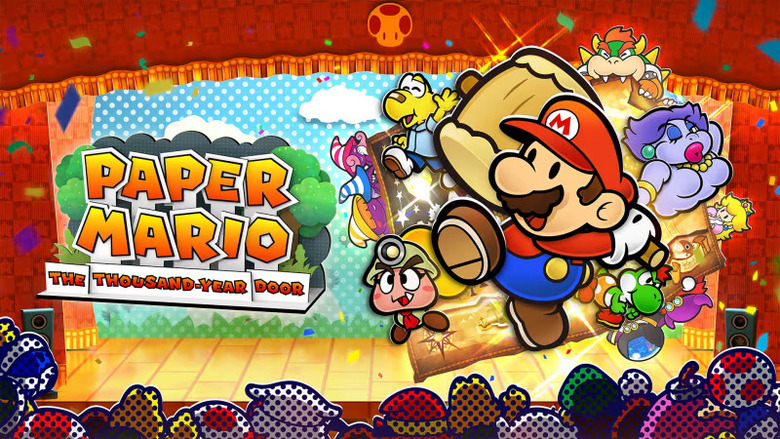


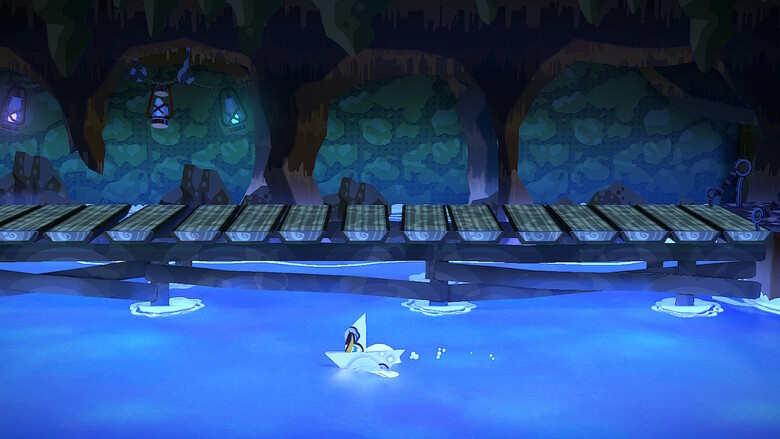
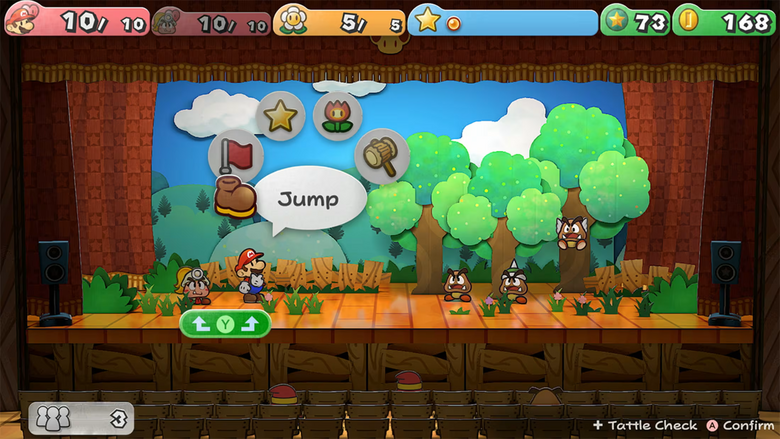
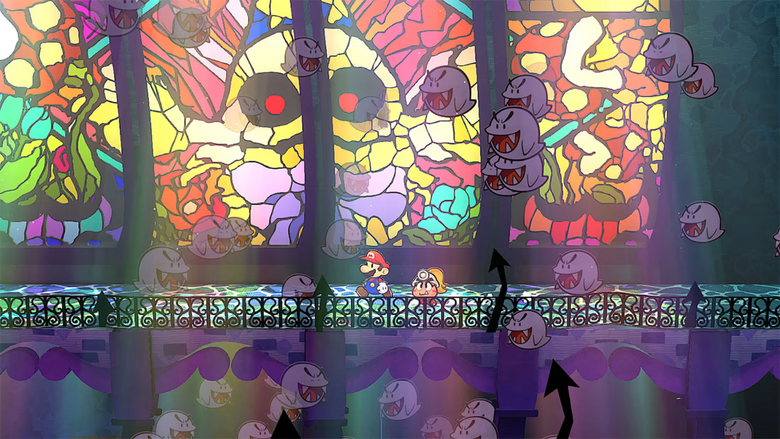
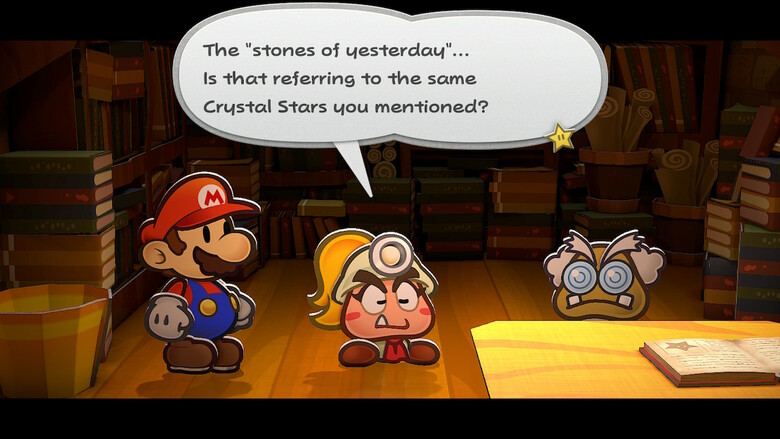

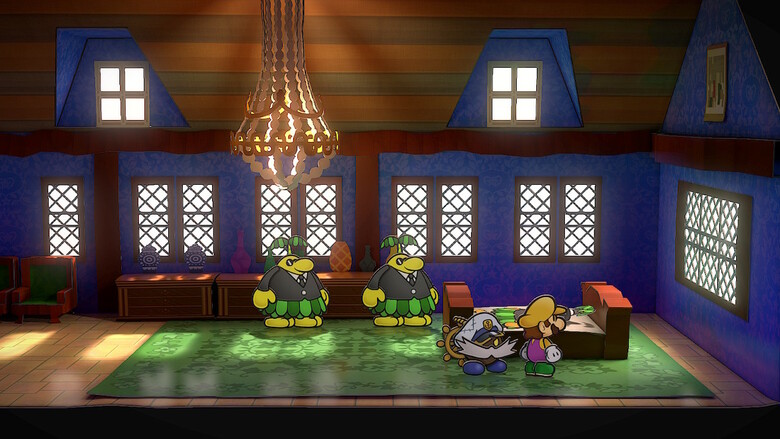
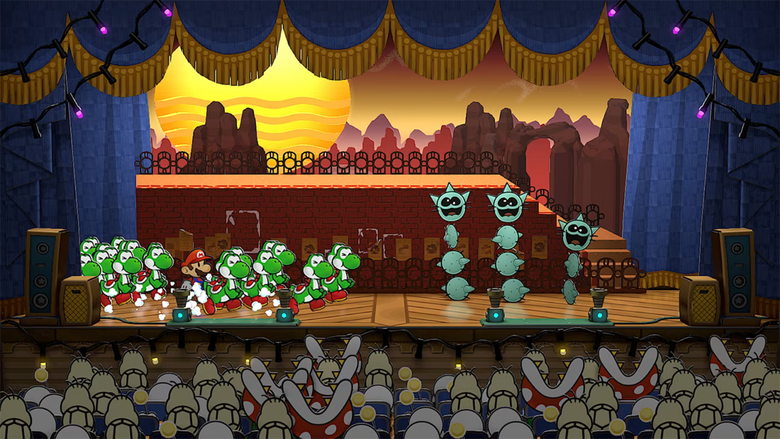


Comments (1)